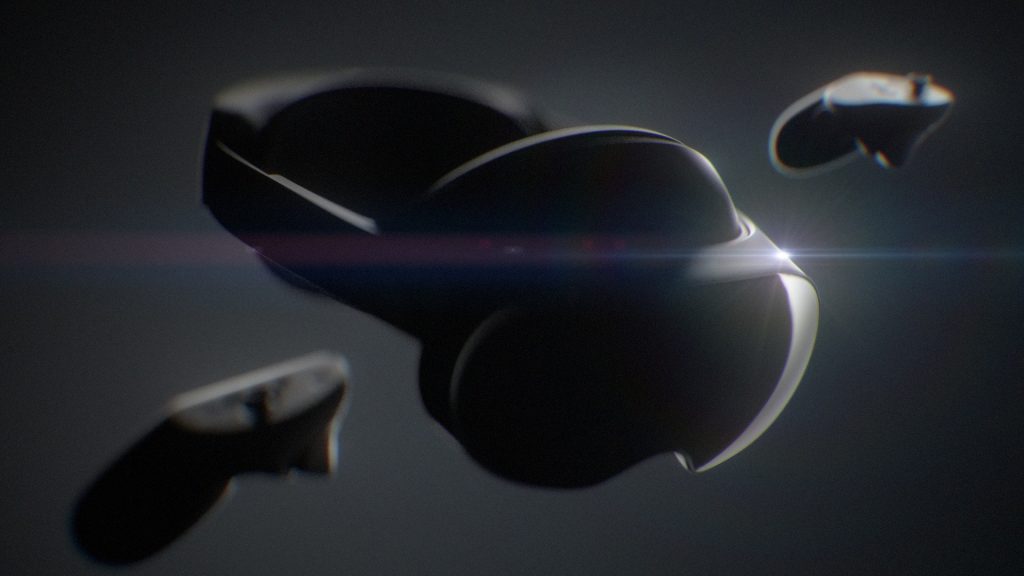‘Quest Pro’ Spotted Using WebXR, Further Evidence Of Cambria’s Name


‘Quest Pro’ was spotted accessing WebXR content, further evidence of Project Cambria’s product name.
The finding was Tweeted by the co-founder of Zesty, a WebXR immersive ads provider. The data shows how many of a particular headset or browser accessed WebXR content with Zesty ads in the 24 hour period. As you’d expect Quest 2 makes up the vast majority of traffic, with Quest and Pico Neo 3 also listed – but a new device has shown up called Quest Pro.
At Connect 2021 Meta announced a new “high end” headset would launch in 2022, codenamed Project Cambria. The company confirmed in May it will be priced “significantly” higher than $800, aimed at remote workers and mixed reality early adopters – though it will also run existing Quest content.
An internal Meta memo leaked in late June listed Cambria as the hardware “laser focus” for H2 2022. In July, a dataminer discovered the product name ‘Quest Pro’ was recently added to the Oculus iOS app — a name Zuckerberg also used in a CNET interview last year. Given this and the statement it will be sold alongside Quest 2, Project Cambria is almost certainly Quest Pro.
The headset looks to have a better balanced design than Quest 2, with a slimmer visor. Meta has confirmed it uses pancake lenses, which support smaller displays with a narrower gap between the panels and lenses. The company also revealed it has eye tracking and face tracking to drive avatars in social experiences like Workrooms, as well as much higher resolution cameras with color passthrough and a depth sensor for mixed reality.
In April a prominent supply chain analyst claimed the headset will have dual 2160×2160 Mini-LED LCD panels, up from the less than 1832×1920 pixels per eye of Quest 2’s regular LCDs. Import logs for apparent development kits suggest it will have 12 GB RAM, up from Quest 2’s 6 GB.
Last week Mark Zuckerberg told Joe Rogan the company’s next headset will release in October, almost certainly referring to Quest Pro.







